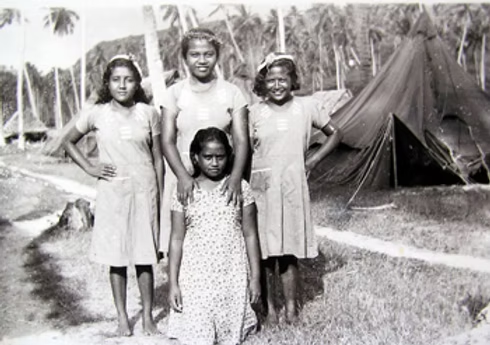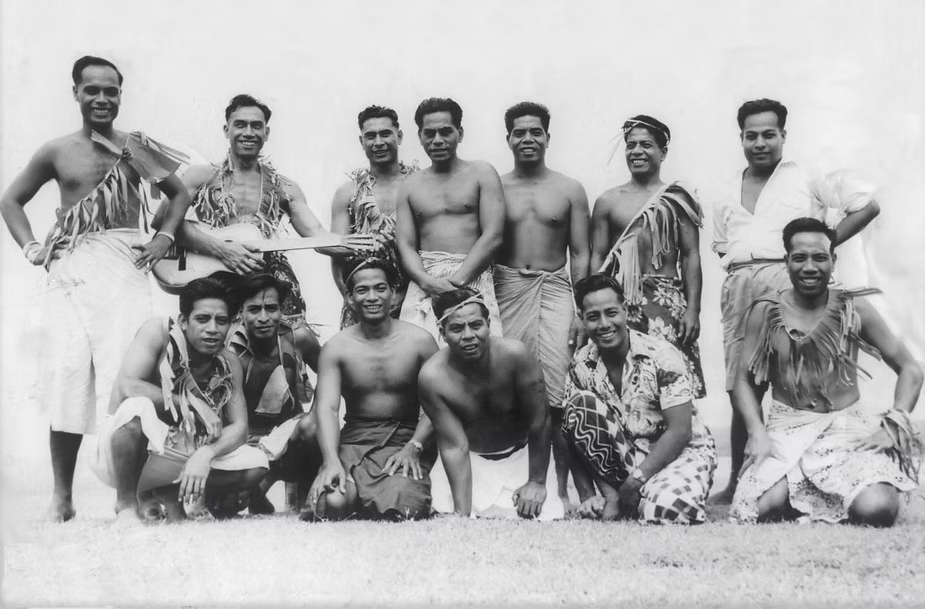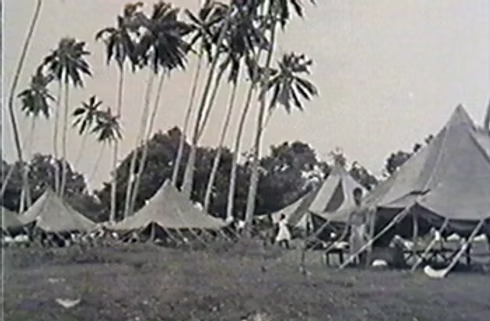Tucked off the northeast coast of Vanua Levu lies Rabi Island (pronounced Rambi). It is a lush, volcanic island often overlooked by cruisers and tourists and rarely mentioned in guidebooks.
But this remote place carries a story that spans oceans and generations. A story of displacement, resilience, and the quiet strength of a people determined to survive with dignity.
The island’s residents are descendants from Banaba Island in Kiribati.
The Banabans story is rooted in colonial exploitation, world wars, and one of the Pacific’s lesser-known forced migrations.
Let me back up to the beginning…
Banaba (Kiribati)
Banaba Island, formerly known as Ocean Island lies on the westernmost point of Kiribati. This small island was a phosphate rich island. The British stripped the land to enrich faraway farms. The environmental degradation was devasting. Then came WWII which brought the Japanese soldiers who forcibly removed or killed the locals. The landscape was hollowed out.
The British decided to relocate the Banabans.
- In 1941, the British purchased Rabi Island for ~£25,000.
- In 1945, they relocated 703 Banabans, including children. The people expected developed housing – but instead found tents amidst the cyclone season. Tragically, around 40 elders died in the first few weeks. What was meant to be a new beginning started with deep sorrow.
- A second migration wav came in the 1970’s, a final one followed in the early 1980’s, after the phosphate mining on Banaba ceased.
Still, the Banabans stayed and persevered.
These Banaban girls were part of the first Banaban settlers to arrive on Rabi, Fiji 1945

Photo courtesy of www.banaban.com/post/banabans-face-assimilation
First Banaban generation born on Banaba (Ocean Island) but raised on Rabi, Fiji 1950s

Photo courtesy of www.banaban.com/post/banabans-face-assimilation
First Banaban arrivals on Rabi lived in Army tents with one month of food rations.

Photo courtesy of www.banaban.com/banabans-first-arrival-rabi
Rabi Today
The Banabans built new lives, carving out four villages mirroring the ones they had lost.
They kept their language (Gilbertese), their customs, and their stories alive, even as their children were born in Fiji.
The Fijian Government finally granted the Banabans Fijian Citizenship in 2005.
Today, Rabi Island is a place of quiet determination.
Fishing and farming sustain the families.
Young people speak both Gilbertese and Fijian and learn the local customs from the elders.
It is a complicated existence, straddling two homelands: one lost, one adopted. But the Banabans of Rabi continue to live with intention. Their story of survival is an inspiration to many. Their restoration of voice, of culture, and of place.

Banabans Enjoying the Water
Banaba History Links:
- https://www.banaban.com/post/banabans-face-assimilation
- https://www.banaban.com/banabans-first-arrival-rabi
- https://www.banaban.com/post/come-meet-the-banabans
Our blog posts run 6-8 weeks behind actual live events. We visited Rabi Island toward the end of June 2025.
Be sure to read about the many surprises we encountered in remote areas.







